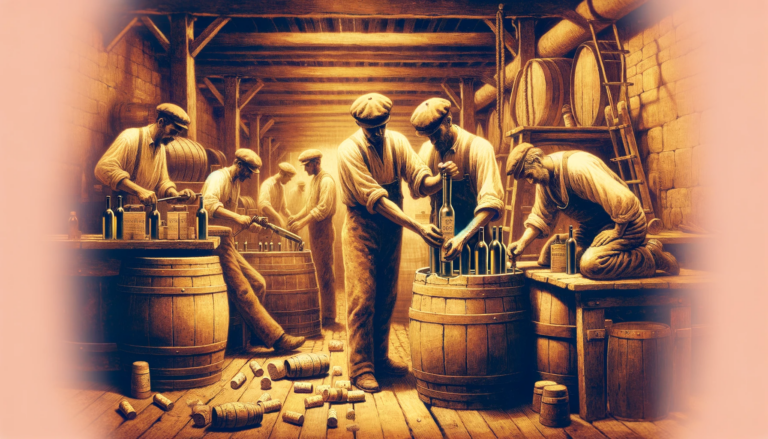What Role Does Acidity Play in Wine Quality? | [WSET4]
— Aussie contributed to this post; you can read more about her on the About page.–
Ever pause mid-sip, your taste buds tingling with a burst of flavor that made you go “wow”? That sensation often owes its charm to the unsung hero of wine complexity: acidity. Yes, acidity plays a role in the quality of wine taste for us avid wine drinkers.
It’s like the backbone of a good story—not always visible but utterly essential to the resulting wine. Without enough acidity, the wine will taste flat. Grapes bring their life essence, which is found naturally in the bottle, containing water, sugar, and an array of acids.
In every glass swirled and savored under sunsets or over candlelight dinners lies a secret dance between the acid present of tartaric and malic acid, sometimes joined by citric’s subtle steps. As grapes mature through seasons, they whisper tales of sweetness tempered by loss – losing some acid while ripening yet retaining enough to gift wines their memorable zing.
The narrative doesn’t end here; it extends into winemaking realms where magic happens in barrels and steel tanks alike. But what marks this journey is how each sip brings forth echoes from vineyards bathed in sunlight or caressed by gentle breezes, creating a connection that transcends time and space, reminding us of the meticulous care and passion-infused at every step.
What Role Does Acidity Play in Wine Quality?
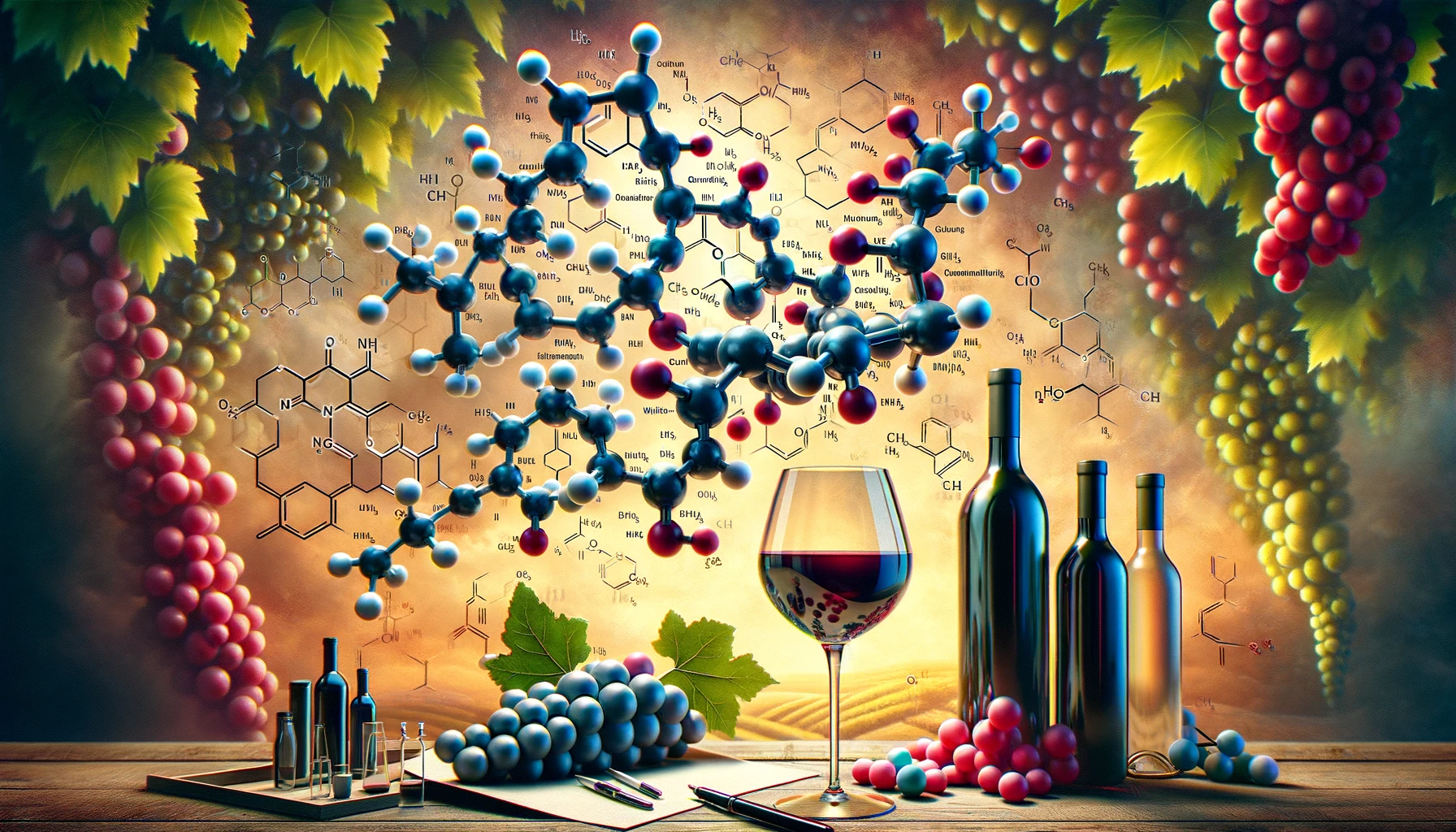
Why Acidity is Essential for a Balanced Wine
Think about biting into a crisp apple. That zing you feel? It’s all about acidity, folks. And guess what? Tartaric acid, malic acid, and their sidekick citric acid bring that same invigorating dance to wine.
The Impact of Acidity on Wine’s Flavor Profile
You sip your wine, and suddenly, your mouth puckers up—thank acidity for that refreshing wake-up call. Beyond just chemistry, the wine is speaking directly to you. A balance between sweet and sour notes defines high-quality wines, making each sip an experience rather than just another drink.
Some may think that only white and red wines have the highest acidity levels. That is true, although it is, in fact, the sweet wines that contain the highest total acidity levels, as the sweetness of the wine counteracts and balances the high acid present, giving the wine freshness!
The Science Behind Wine Acidity

Identifying Different Types of Acid in Wine
Ever wonder why some wines make your mouth pucker while others feel smoother? It’s all about the different kinds of acids. Tartaric, malic, lactic, citric, and acetic acid are the key players here.
They’re like a band that needs to harmonize perfectly for the concert (your wine) to be a hit. Winemakers can measure acidity levels in the wine using pH meters, which helps ensure the wine tastes right and stays stable during production.
How Acidity Affects the Aging Process
You’ve got a bottle you’re saving for that “special occasion,” right? Like that Russian River Valley AVA What is the true meaning of Appellation?... More, Pinot Noir you’ve savored, or Marlborough, Sauvignon Blanc. Well, here’s how acidity plays its part: high acidity equals long shelf life.
What is the true meaning of Appellation?... More, Pinot Noir you’ve savored, or Marlborough, Sauvignon Blanc. Well, here’s how acidity plays its part: high acidity equals long shelf life.
Think of it as wine’s natural preservative, keeping it fresh until you decide it’s showtime. But just like us, wines are mellow with age; some acids chill out through processes like malolactic fermentation, making your aged wine smooth yet lively, at the end of the day each wine unique qualities are what intrigues us about this beverage.
Exploring the Winemaking Process and Its Influence on Acidity
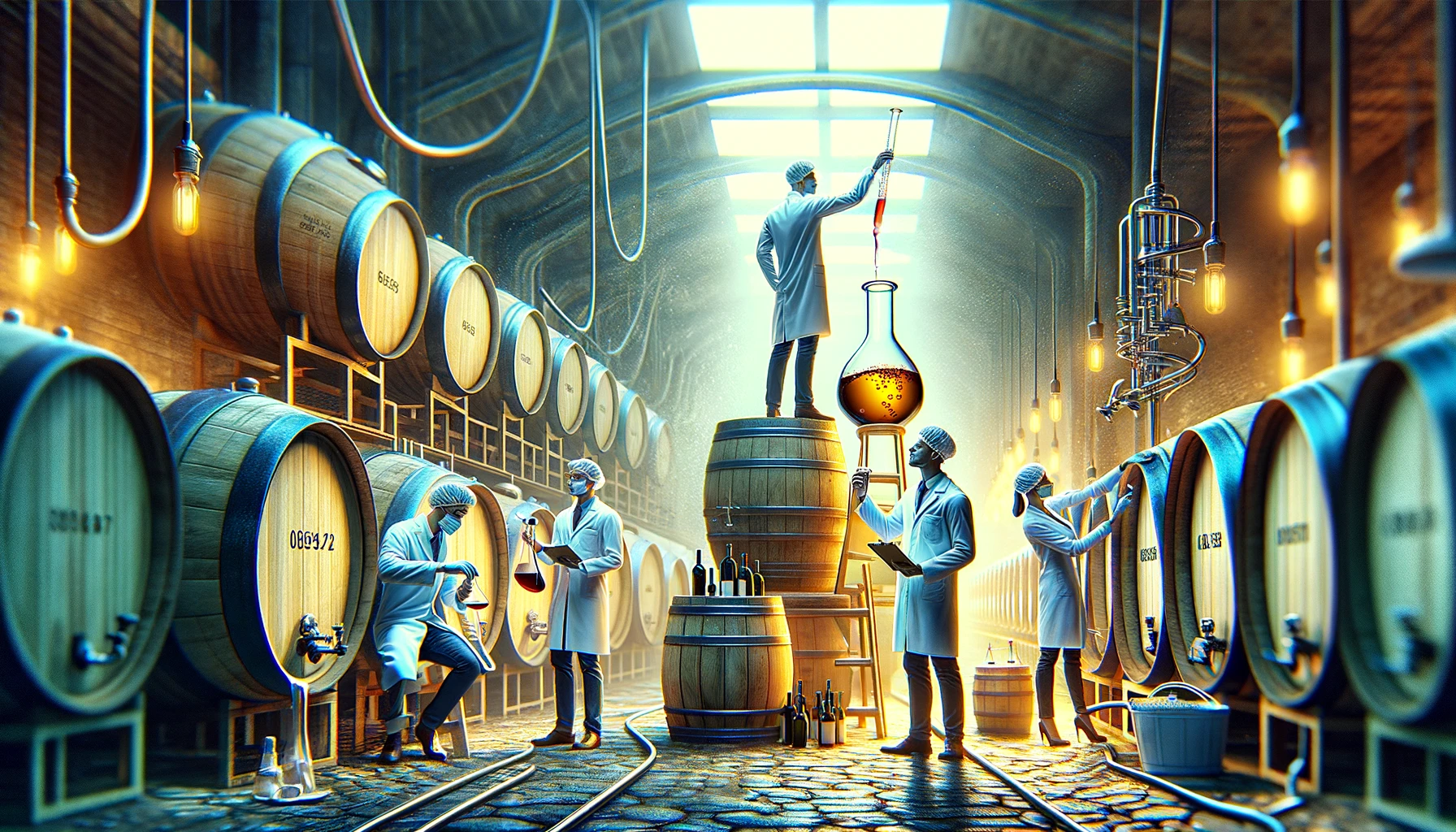
The Role of Fermentation in Developing Wine’s Acidity
The fermentation process isn’t just a step; it’s where magic happens. Transforming grape juice into wine is a procedure that does far more than meets the eye. It profoundly influences the sourness in a wine, sculpting its character. How? Yeast chomps on sugars, producing alcohol and influencing the final acid balance. Simple yet profound.
Malolactic Fermentation Explained
Then there’s malolactic fermentation (MLF), which sounds like something out of a science textbook but is fascinating. MLF is about softening those zesty, naturally occurring acids such as harsh malic acid (think green apples) into softer lactic acid (hello yogurt vibes). The result? A smoother sip that dances across your tongue and lower acidity in wine. Dive deeper into this creamy transformation with malic acid dynamics here.
How Climate Affects the Acidity in Wines
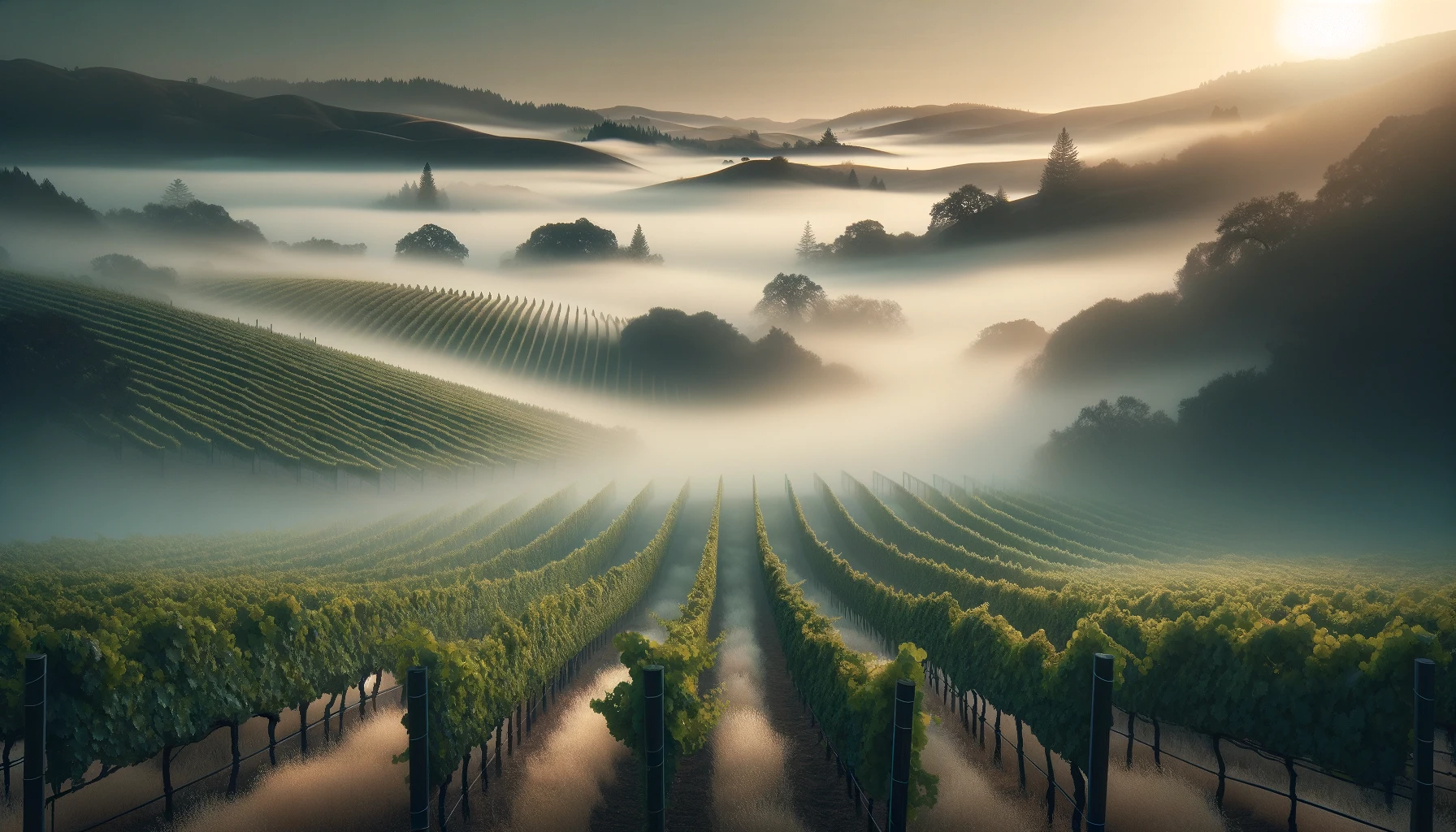
Understanding the Relationship Between Vineyard Location and Acid Levels
Have you ever wondered why a German Riesling tastes like a zippy lightning bolt while a Napa Cab saunters over your palate with all the smoothness of Barry White’s voice? Well, folks, it’s all about location, location, location. And by location, we mean climate.
The secret sauce to wine’s zing is its acidity—think of it as the backbone of wine. Grapes retain acidity in cooler climates or regions with chilly nights and brisk mornings (yep, I’m looking at you, Champagne and Mendocino), resulting in wines with high acidity and lower pH levels.
On the opposite scale, grapes grown in warmer climates create wines with higher pH levels and low acid wine. Grapes are like us when we sunbathe; too much warmth makes them lazy (or less acidic?). The perfect moment is when they’re sweet yet sassy—ripe but still produce wines of high acid levels.
Mastering the Art of Wine Tasting Through Acidity

Tasting Techniques to Identify Acidity Levels
So, you want to talk about wine tasting? Let’s zero in on acidity. It’s like the secret sauce that makes your favorite dish pop. In vino, acidity infuses vibrancy, zestfulness, and equilibrium.
First, grab a glass of something tartaric—think a crisp Sauvignon Blanc or maybe even a German Riesling. Sip it. Does your mouth water? That’s acidity at play.
Tartaric acid: Picture biting into a fresh grape from the vine.
Malic acid: Think green apple sharpness.
Lactic acid: Imagine the softer tanginess of yogurt.
Acetic acid: Think vinegar or a sour taste. This is sometimes referred to as VA or volatile acidity. Small amounts of volatile acidity contribute to a wine’s complexity, but excessive levels of this acidity in wine are considered a fault.
Succinic acid: Imagine a mixture of bitterness, salt, and acid.
To truly master this, taste side by side. A high-acid wine next to one less can reveal much about what rings your bell on the palate.
Pairing Food with Acidic Wines for Enhanced Flavors

Choosing the Right Acidic Wine for Your Meal
Picking the perfect acidic wine to complement your meal is more art than science. Crafting the ideal blend of tastes to unite your taste buds involves a delicate dance. Let’s break it down.
Fried food and seafood?
Go tart. Crisp white wines such as Riesling or Sauvignon Blanc cuts through the grease, making every bite as exciting as the first.
Have creamy sauces puzzled you?
Here’s a tip: wine’s acidity acts like a knife through butter. So, while creamy dishes might not scream ‘pair me with an acidic wine,’ think again. That sharpness will slice through dairy, giving your taste buds a wake-up call they didn’t know they needed.
The golden rule? Always ensure your wine dances nimbly around the flavors of your dish rather than stepping all over it.
Acidity Facts and Questions!
First of all, what is titratable acidity? Titratable acidity measures all the acids present in wine, including tartaric acid, malic acid, and others.
What are tartaric acid crystals? They naturally occur in grape juice and can sometimes form in wine during fermentation and aging. These harmless crystals can be seen as wine diamonds. Winemakers use titratable acidity to balance flavors and ensure stability in the final product.
Now, winemakers can change acid levels in the wine via winemaking techniques.
One way is to use hydrogen ions, positively charged particles released when acids dissolve in wine. They affect the wine’s acidity levels, taste, and quality. Winemakers measure them to adjust acidity for the desired flavor and stability during production.
Does Sulfur dioxide and SO2 help create acidity?
SO2 doesn’t directly influence acidity. Its primary functions include inhibiting microbial growth, preventing oxidation, and preserving the wine’s freshness and color. While sulfur dioxide doesn’t impact acidity directly, its use can indirectly affect the overall perception of acidity by maintaining the wine’s stability and preventing spoilage, which can alter acidity levels. Sulfur dioxide plays a crucial role in preserving the quality of wine throughout the winemaking process.
Do grape skins contribute to acid in wine?
Yes, the skins can affect acid levels in wine as they contain organic acids like tartaric and malic acid. These acids are released into the juice during crushing, impacting the overall acidity of the wine. Additionally, grape skins contribute tannins Tannins in Wine Tannins in wine are phen... More, which influence the perception of acidity by affecting the wine’s structure and mouthfeel.
Tannins in Wine Tannins in wine are phen... More, which influence the perception of acidity by affecting the wine’s structure and mouthfeel.
The Last Pour

We’ve danced through the heart of wine’s spirit, gently uncovering the mystery that turns each gulp into a rich melody. What role does acidity play in the quality of wine? It’s not just a player; it’s the conductor orchestrating flavors and aromas into a harmonious masterpiece. From tartaric whispers to malic murmurs, these unsung heroes dance behind velvet curtains of reds and whites, setting stages for tales untold.
In vineyards kissed by the sun or caressed by breezes, there is more than just grapes; there is potential shaped by nature and nurtured by passion. Winemaking’s alchemy transforms this potential into liquid poetry stored in bottles waiting to sing on your palate.
This journey from grape to glass isn’t just about fermentation or aging; it’s about capturing moments—seasons encapsulated within walls of crystal clarity. As you raise your next glass under soft lights or starry skies, remember that each drop is a narrative woven with strands of acidity and complexity crafted with care.
The story doesn’t end here—it begins anew with every uncorked bottle. Let those tingles on your taste buds remind you: high-quality wines owe their applause-worthy performances to acidity’s subtle yet profound influence—a testament to nature’s nuance embraced through craftmanship.

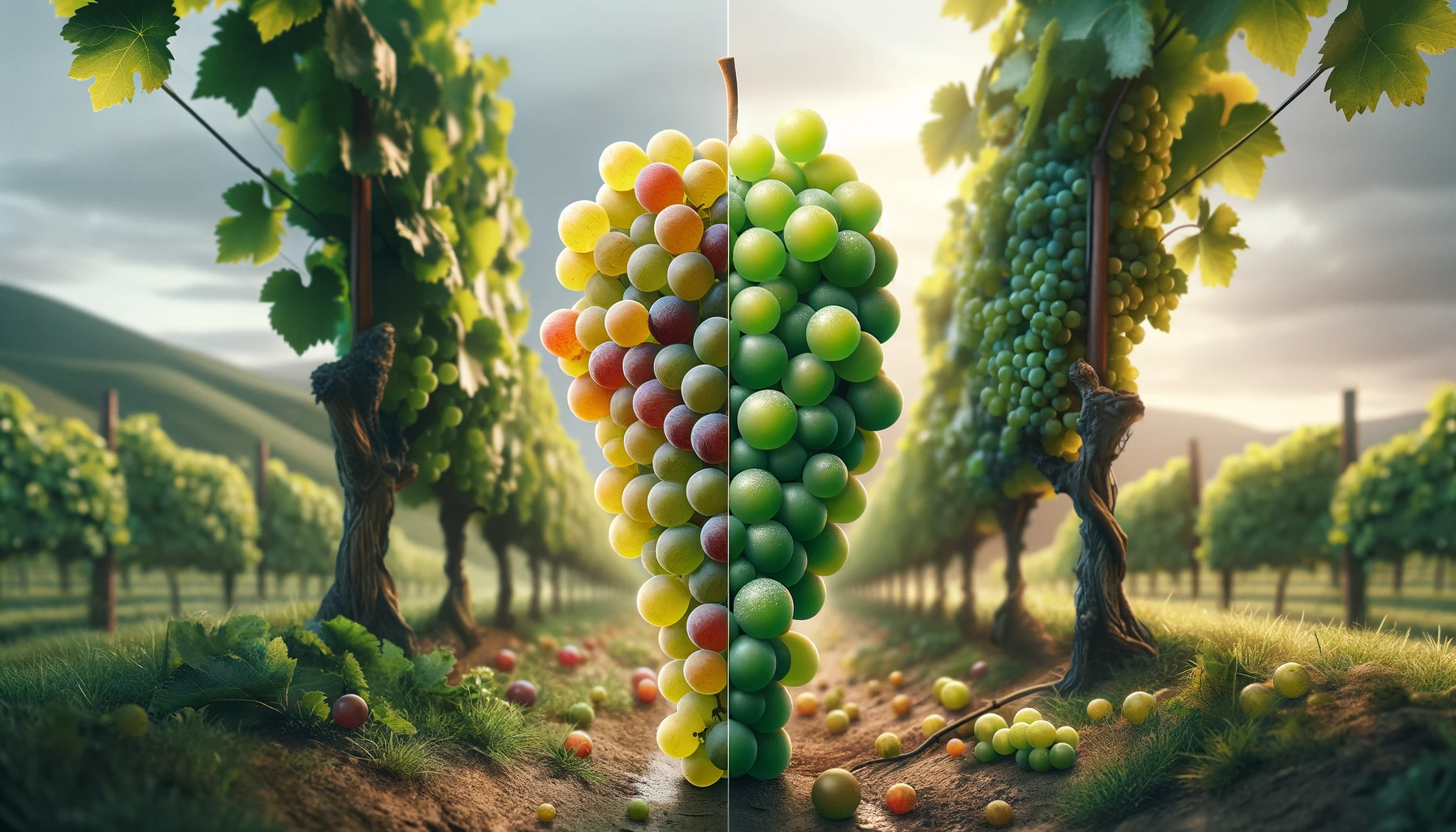

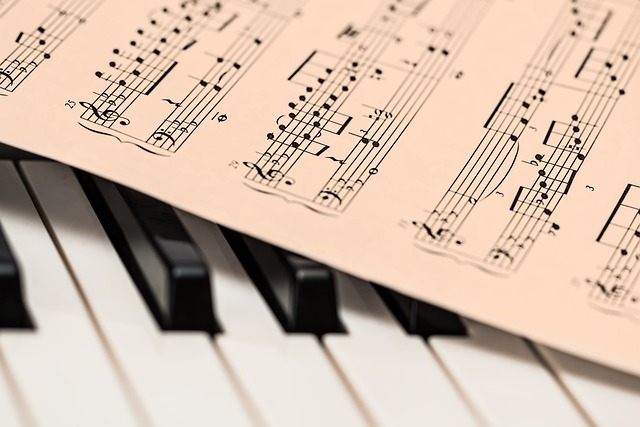

![What is Trento DOC Sparkling Wine? [WSET2 Reviewed]](https://grapeandbarrel.com/wp-content/uploads/2024/04/0oflrry-rim1712673478-768x432.jpg)

